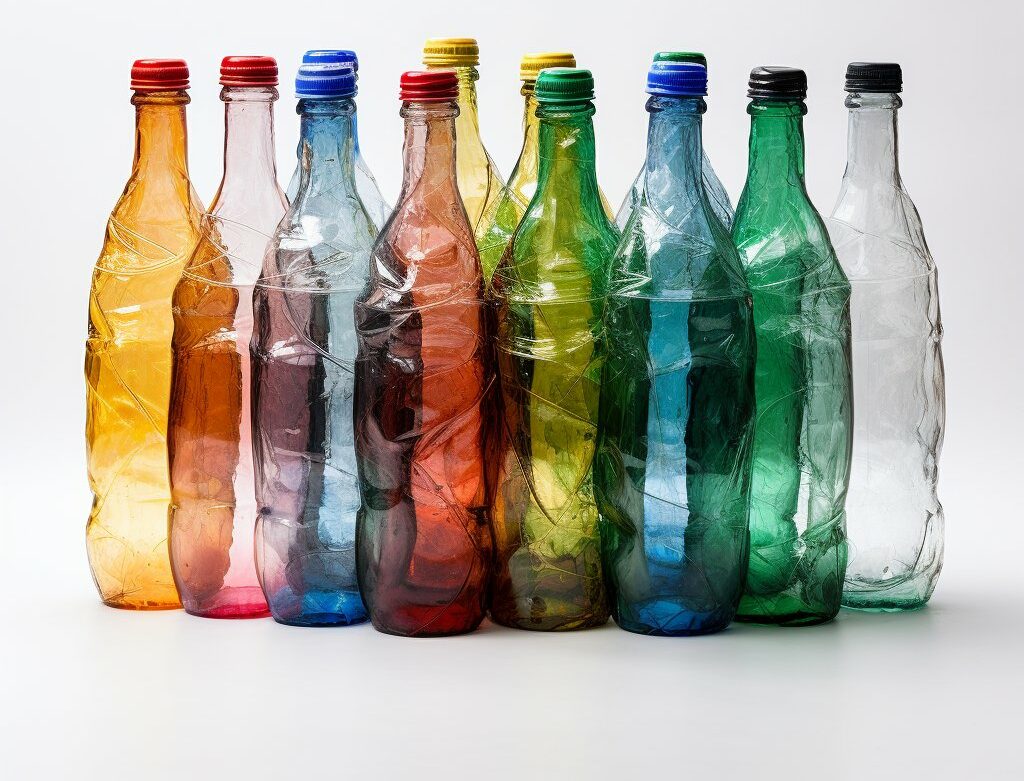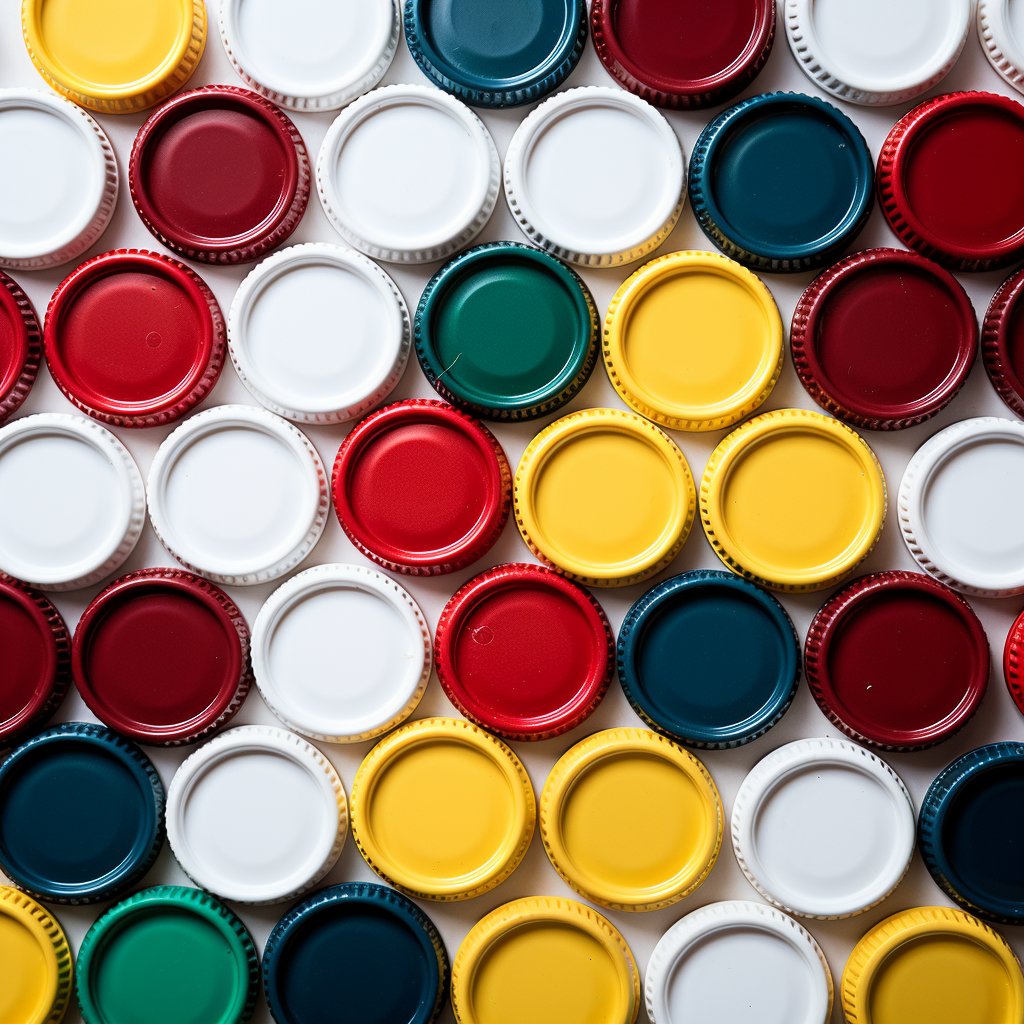Bisphenol A (BPA) is a chemical widely used in producing plastics and resins for over 60 years. Its versatility, durability, and cost-effectiveness have made it a popular choice for many applications, from food and drink containers to electronics and medical devices. However, concerns about its potential negative impacts on human health and the environment have led to increased scrutiny and regulation.

Industrial Usage of BPA
BPA is primarily used to produce polycarbonate plastics, which are used to manufacture a wide range of products, including food and beverage containers, electronics, and medical devices. It is also used in producing epoxy resins, which are used as coatings for the inside metal cans and adhesives.
Application Areas of BPA
The application areas of BPA are vast and diverse. Polycarbonate plastics made with BPA are used to make items such as eyeglasses, safety goggles, electronic equipment, and toys. Epoxy resins made with BPA are used as protective coatings for metals and concrete and in the production of electrical and electronic components.
Consumer Product Examples of BPA
BPA is commonly found in many consumer products, including plastic water bottles, food containers, dental sealants, and baby bottles. BPA can leach out of these products and into the food or beverage they contain, leading to potential health risks.
Material Properties of BPA
BPA is a synthetic compound that exhibits several unique material properties. It is clear, hard, and durable, with excellent resistance to impact and heat. It is also resistant to solvents, making it ideal for use in applications where chemicals are present.
Future Trends in Recycling of BPA
As awareness of the harmful effects of BPA on human health and the environment continues to grow, there is a growing trend towards the recycling of BPA-containing materials. Many recycling companies are developing new methods to extract BPA from recycled materials, which can then be used to produce new products.
Market Price Developments of BPA
The market price of BPA is subject to supply and demand, raw material prices, and production costs. The price of BPA has been stable in recent years, with slight fluctuations depending on market conditions. The awareness of the harmful effects of BPA on human health and the environment has led to a decline in demand for BPA-containing products. This decline has led to a reduction in the market price of BPA.
Global Impact of BPA
BPA has a global impact, as it is used to produce a wide range of products that are used and consumed worldwide. The health risks associated with BPA have led to various regulatory actions by governments worldwide. For instance, the European Union banned the use of BPA in baby bottles in 2011 and has since then implemented strict regulations on the use of BPA in food contact materials. In the US, the Food and Drug Administration (FDA) banned using BPA in baby bottles and sippy cups in 2012. These regulations have led to declining demand for BPA, especially in Europe and North America.
Future Market Prognosis of BPA
The future market prognosis for BPA could be more optimistic. The harmful effects of BPA on human health and the environment are well-documented, and regulatory actions to limit its use in products are increasing. As a result, manufacturers are turning to alternative materials that are safer and more sustainable. For example, bioplastics made from renewable resources like corn starch, sugar cane, and potato starch are gaining popularity as a safer alternatives to BPA-containing plastics. In addition, the increasing trend towards recycling BPA-containing materials is likely to further reduce the demand for BPA.
BPA (Bishphenol A) recycling
The impact of BPA (Bisphenol A) on the environment and the economy is significant and far-reaching. BPA is a toxic chemical that can harm human health, wildlife, and the environment. Here is a brief look at the environmental and economic impacts of BPA around the world:
Environmental Impact of BPA
BPA can have a range of negative environmental impacts, including:
- Water Contamination: BPA can leach out of products and contaminate water sources, leading to potential health risks for aquatic life and humans.
- Marine Pollution: BPA can enter the marine environment by disposing of plastic waste, causing harm to marine animals and ecosystems.
- Land Pollution: Landfill sites containing BPA-containing waste can contaminate soil and groundwater, causing negative environmental impacts.
- Air Pollution: The incineration of BPA-containing products can release toxic chemicals into the air, leading to air pollution and potential health risks.
Economic Impact of BPA
The economic impact of BPA can be significant. Some of the economic impacts of BPA include:
- Regulatory Costs: The development and implementation of regulations and standards to limit the use of BPA in products can be costly for manufacturers and governments.
- Legal Costs: The harmful effects of BPA have led to legal action against manufacturers, leading to costly lawsuits and settlements.
- Brand Reputation: The association of BPA with health and environmental risks can damage the reputation of companies and their products, leading to a decline in sales.
- Recycling Costs: The disposal and recycling of BPA-containing products can be costly, especially if specialised methods are required to extract BPA.
Advantages and disadvantages of Bisphenol A
Bisphenol A (BPA) is a chemical that is widely used in the production of plastics and resins, primarily polycarbonate plastics and epoxy resins. BPA is a versatile and cost-effective chemical with many advantages but disadvantages and negative impacts on the environment and human health.
The impact of Bisphenol A:
Bisphenol A (BPA) is a versatile and cost-effective chemical widely used in the plastics industry for many years. While it has many advantages, such as durability and heat resistance, it has also been linked to potential health and environmental risks, prompting increased scrutiny and regulation. As the world shifts towards more sustainable and eco-friendly practices, the recycling industry has a crucial role in addressing the challenges and opportunities related to BPA-containing plastics. Exploring alternatives to BPA and improving recycling methods can reduce our dependence on harmful chemicals and move towards a more circular and sustainable economy.
BPA is a toxic chemical widely used in the plastics industry for several decades. Its harmful effects on human health and the environment are well documented, and there is a growing trend towards the recycling of BPA-containing materials. As the plastics industry continues to evolve, finding new and innovative ways to produce safe and sustainable products is essential.






